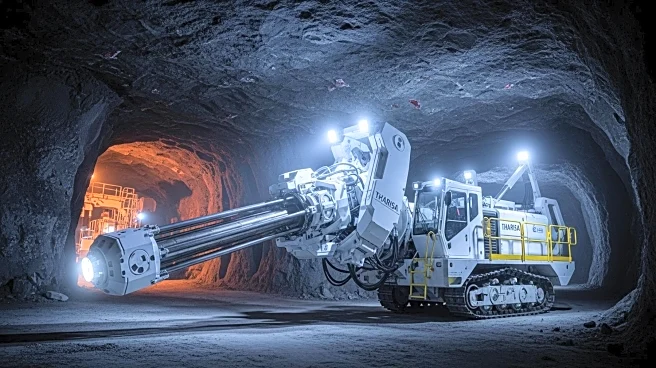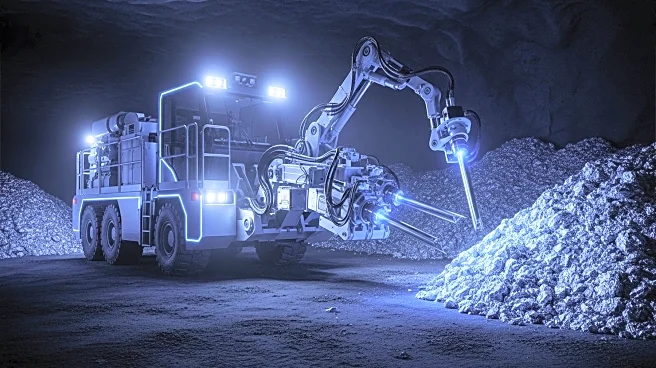What's Happening?
The South African Tax Court has ruled in favor of Tharisa Minerals, a subsidiary of the integrated resources group Tharisa, in a dispute with the South African Revenue Service (SARS) over the calculation of mining royalties. The court has set aside SARS's assessments for the 2015 and 2017 years and directed SARS to recalculate Tharisa Minerals' royalties using a methodology that accounts for the operational realities of metallurgical recoveries and related costs. This includes the grade recovery curve unique to Tharisa's orebody. The judgment also applies to 2016 and subsequent years of assessment. The dispute centered on the valuation of platinum group metals, with SARS applying an artificial linear adjustment to increase the reported grade and sales values. Tharisa argued that this approach ignored the actual recoveries and costs incurred in beneficiating the ore. As of September 30, 2024, Tharisa had raised a provision of $56.8 million for the disputed mining royalty.
Why It's Important?
This ruling is significant as it provides clarity on the calculation of mining royalties, aligning tax law with the operational realities of mining and processing. It confirms that royalties should be levied on actual income rather than notional income, which is crucial for miners of lower-grade orebodies. The decision is expected to be materially favorable for Tharisa's earnings, as the group is now recalculating its liability, cost of sales, and income tax retrospectively from 2015 onwards. This outcome underscores the need for legislative clarity in the mining sector, potentially influencing future disputes and tax assessments for other mining companies operating under similar conditions.
What's Next?
SARS retains the right to appeal the judgment, which could lead to further legal proceedings. Meanwhile, Tharisa is recalculating its financials based on the court's principles, which may result in adjustments to its reported earnings and tax liabilities. The ruling may prompt other mining companies to reassess their royalty calculations and seek similar clarifications from the tax authorities. Additionally, this case may influence legislative discussions on mining royalties, potentially leading to reforms that better reflect the realities of mining operations.
Beyond the Headlines
The ruling highlights the complexities involved in calculating mining royalties and the potential for disputes between mining companies and tax authorities. It raises questions about the adequacy of current legislative frameworks in addressing the unique challenges faced by miners, particularly those dealing with lower-grade orebodies. The case may also prompt broader discussions on the balance between government revenue collection and the financial viability of mining operations, which are critical to economic development and job creation.











